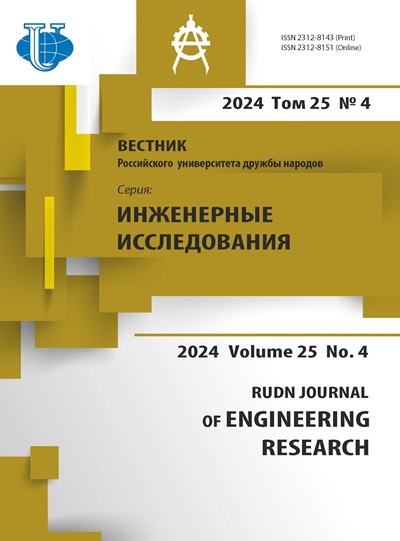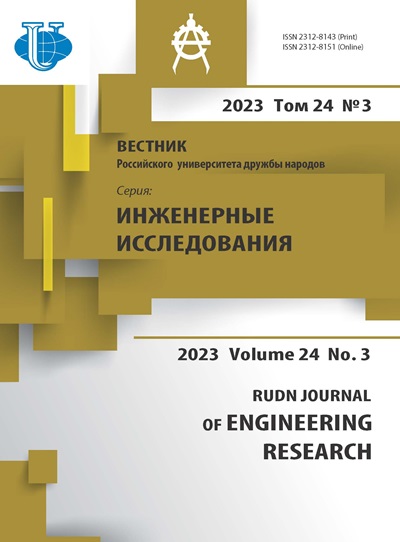Abstract
The research considers problems of labour-intensiveness estimation, determination of technological feasibility of manufacturing, quality assurance, optimisation of technological processes, formation of knowledge base, machine learning and automatic processing of incoming enquiries at machine-building enterprises. The research raises the problem of quality assurance when performing a state order and offers solutions to eliminate the possibility of subjective estimates and directive pricing at contracting, in order to avoid making knowingly unrealizable commitments. The author considers established practice of processing incoming orders at machinebuilding enterprises, identifies problems, analyses their impact on the technological safety of the machine-building industry. A review of current Russian and foreign research on the topic and proposed solutions in the application of semantic analysis tools, multi-agent systems and artificial neural networks in the work of machine-building enterprises is given.
















